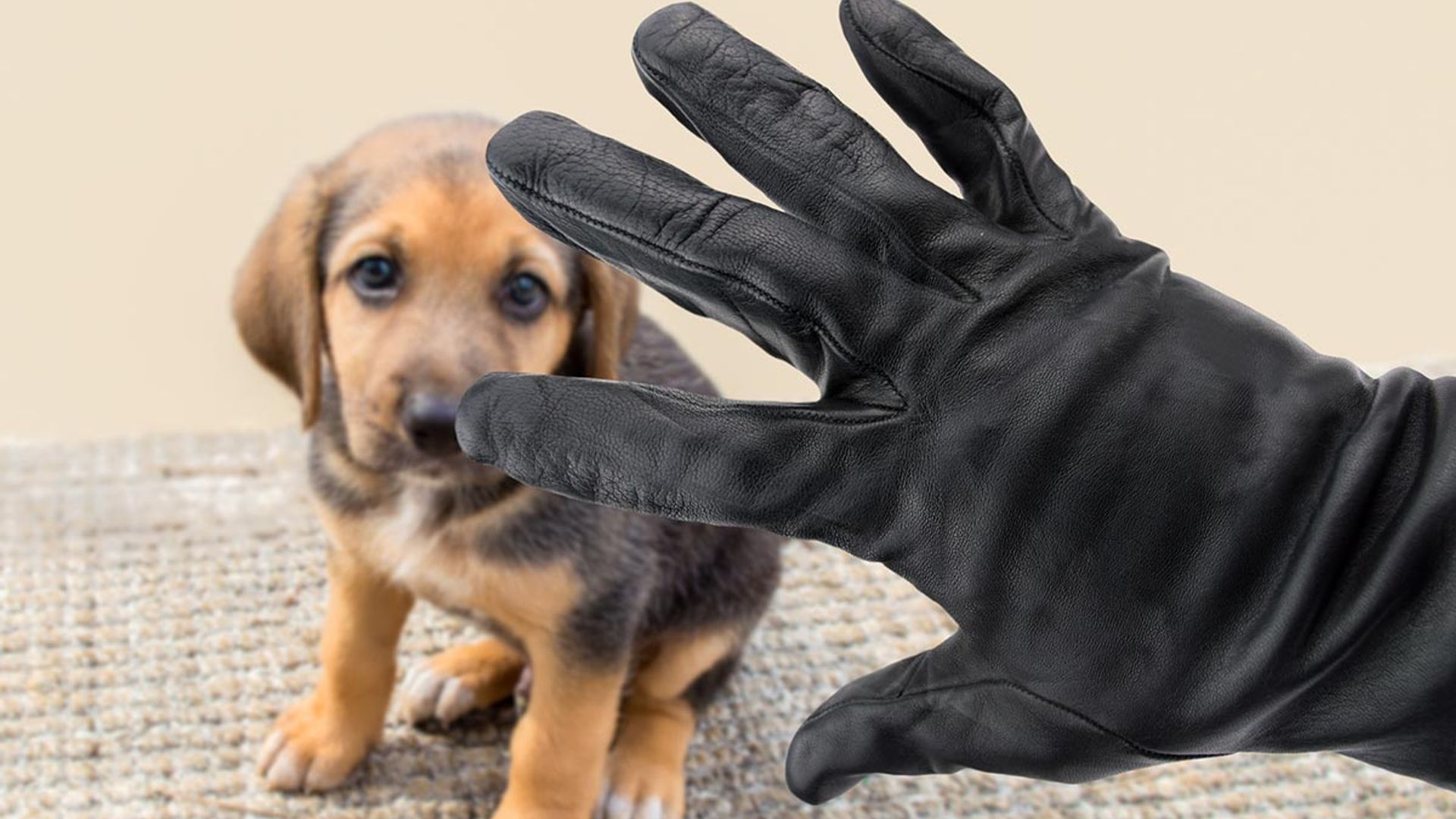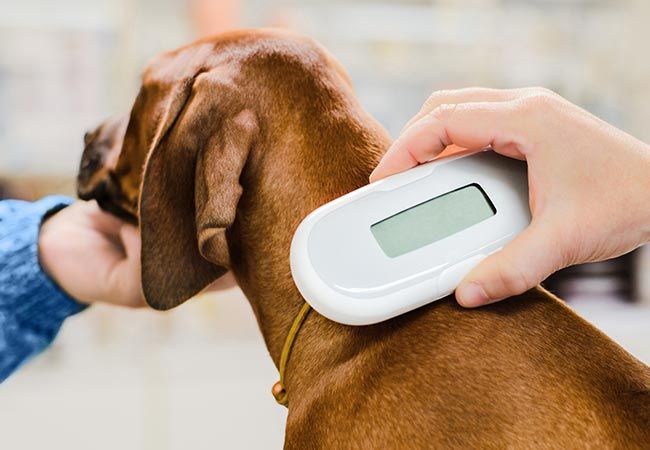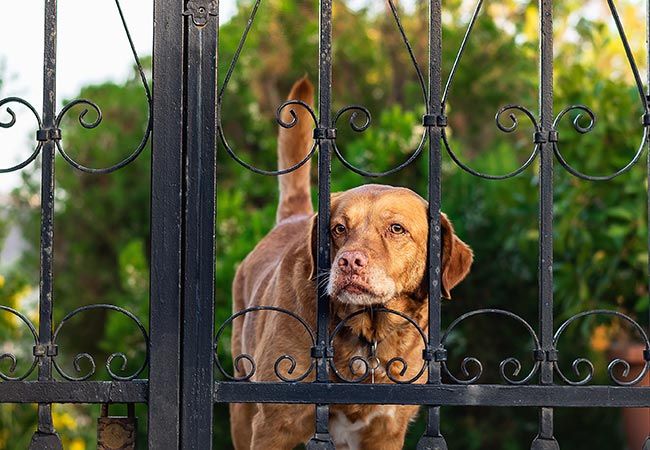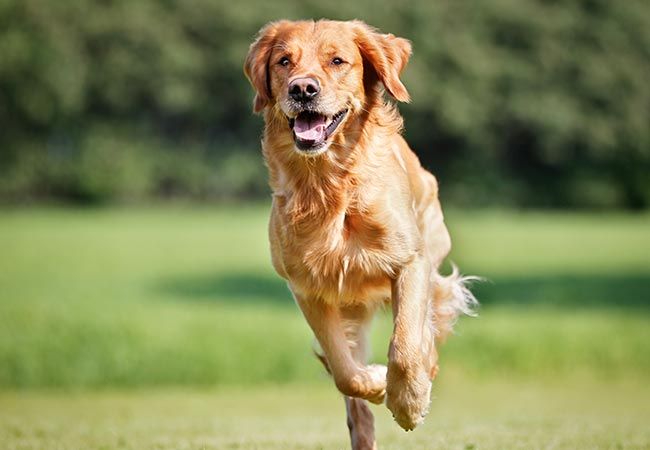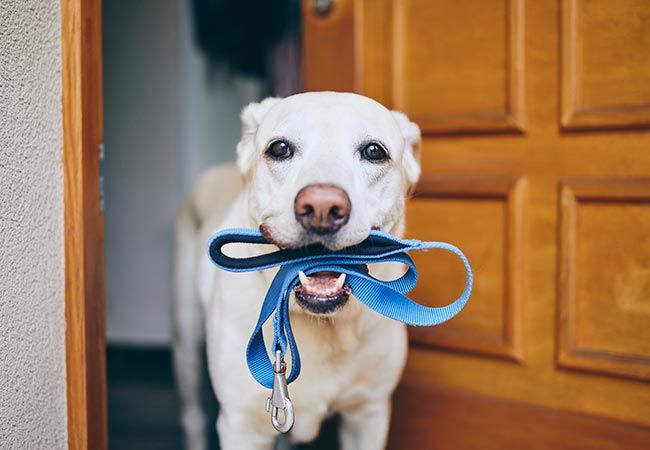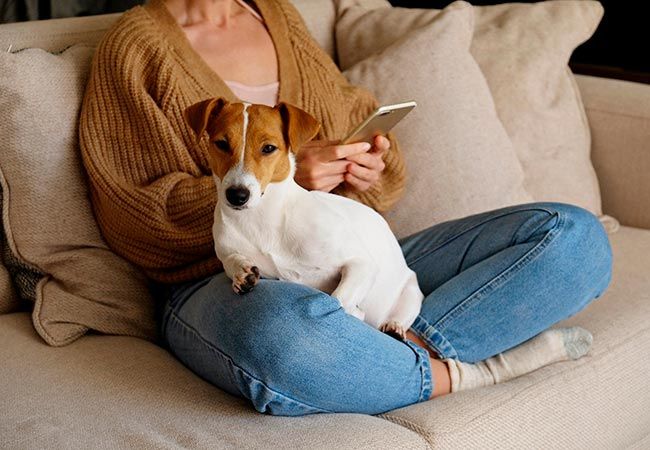Having a dog stolen is every owner's worst nightmare. The UK is a nation of dog lovers with an estimated 9.6 million pet dogs in the UK alone, so the thought of having our family pet stolen is an awful thought. Sadly, dog theft is on the rise, with certain breeds being most frequently targeted.
MORE: 5 naughtiest dog breeds most likely to wreak havoc at home
With the help of Kennel Store, we've rounded up the best five steps to take in order to keep your dog safe from thieves and what to do in the upsetting incident if your beloved pup is taken.
Microchip
Getting your dog microchipped is a painless procedure, often done when the dog is a puppy, that gives owners peace of mind. Having their details registered and stored with your vets allows for your dog to be scanned and returned safely to its rightful owners should they go missing or are taken.
Ensure Your Property Is Secure
Letting your dog free roam around your garden could pose some risks if your outdoor area isn't secure. Consider planting hedges around the perimeter of your garden to deter potential thieves, and consider only allowing your dog to play in your back garden, as these are often more private than your front garden.
SEE: Top 7 dogs to own if you don't have a garden - and not all of them are small!
Proper Recall Training
When training your dog, make sure they answer to their name and come back to you when called whilst on walks. This will give you peace of mind, especially if they run off and aren't visible, should you be walking in wooded areas.
Whilst improving their recall skill, use an extendable lead. This allows them to still have the freedom to explore, but you also have control and are able to bring them back to your side at a moment's notice.
Routine
If you are informed of suspicious activity in your area or somewhere that you walk frequently, it's advisable to switch up your routine. Should there be a potential thief who is expecting you in a certain area at a certain time, walking in a different area at a different time may alleviate some anxiety and remove your dog as a potential target.
If you do notice any kind of suspicious activity, report it to the police who will be able to take appropriate action and advise further.
RELATED: 5 cost-friendly dog breeds: Meet the UK's most affordable pups
Mindful Social Media Use
We all love snapping pictures of our dogs but be mindful when using location tags. This allows prying eyes to have an exact pinpoint location of where you are and at what time. This is especially risky if it's somewhere you visit regularly, so tag your location with caution.
What To Do If You Suspect Your Dog Has Been Stolen
If you suspect your dog has been stolen, report it to the police ASAP. Give them as many details as you can, what happened, where this happened, who you saw that day, any suspicious activity, what the person/s were wearing and if a vehicle could've been present.
You can also report it to Doglost.co.uk which is a free site that lists missing pets and helps reunite owners with their dogs. Report it to your local council and see if they have information. For a list of UK Council contact details please see here. If your dog is microchipped, contact your vet and inform them your pet is missing and they will be able to give you guidance on the microchip database for updates.
RELATED: 5 cost-friendly dog breeds: Meet the UK's most affordable pups
Should someone come forward with your dog, be wary and check they are legitimate. Meet in a public area and ideally take someone with you for your own safety and be cautious if they ask for money or some form of payment.
Like this story? Sign up to our HELLO! newsletters to get other stories like this delivered straight to your inbox.
